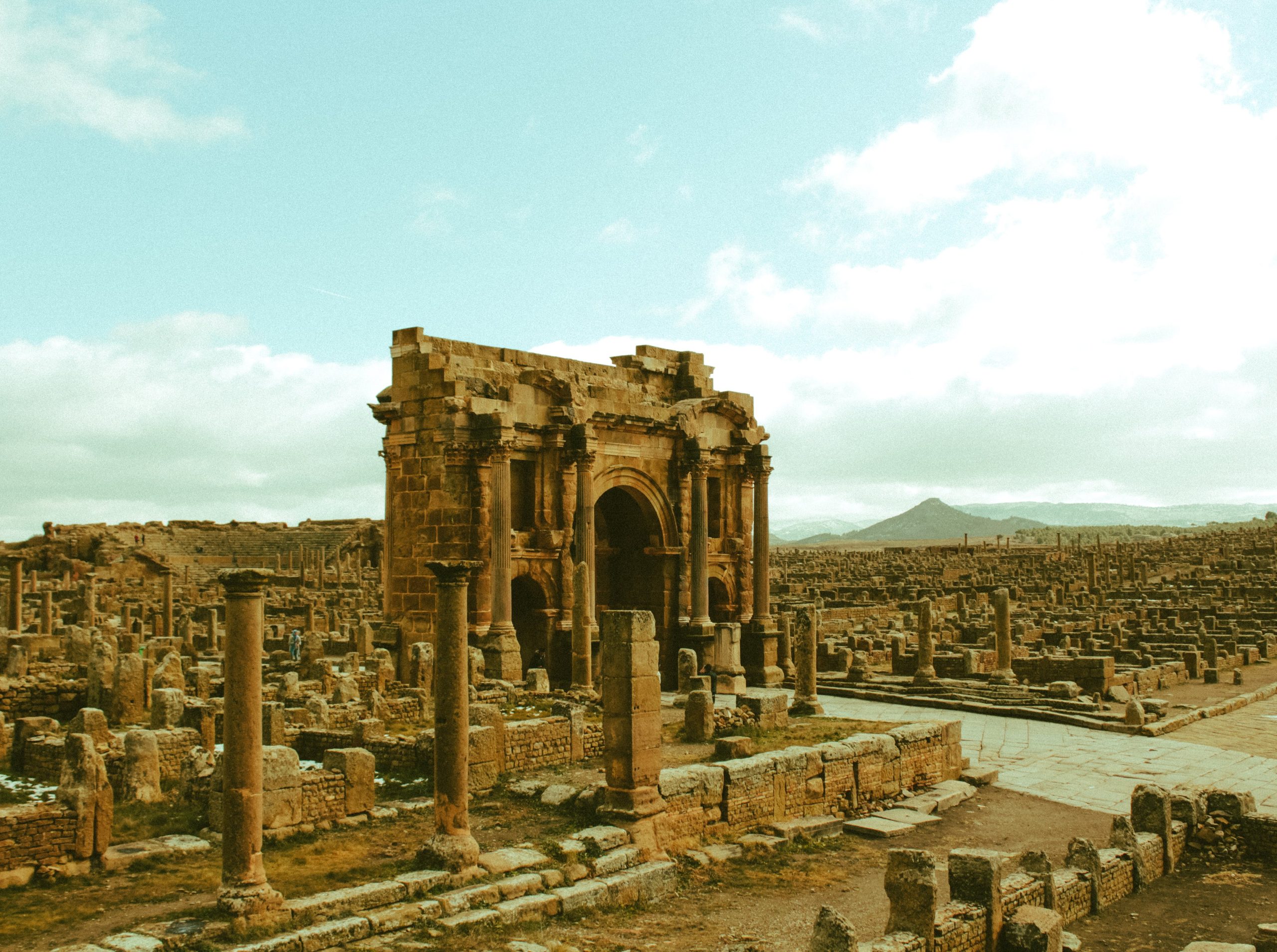
Ground protection stems way back in history. Early civilisations may have used logs or branches as a means of creating paths or bridges. Egyptians for example might have used Reed mats, or even sand to aid them with the building of their structures.
Over time, the materials used to manufacture ground protection mats have evolved. Early mats likely had a construction of wood, while modern mats are constructed from materials like HDPE. HDPE is durable, lightweight, and resistant to chemicals and environmental conditions. We don’t know much about historical ground protection.
What we do know is that track mats have been used for years, for various purposes. Including construction, events, and military operations, to prevent damage to the ground surface and provide a stable platform.
For years, the construction industry has employed ground protection mats to prevent heavy machines, such as cranes and excavators, from causing damage to the earth below. They protect machines from causing damage to the ground. These mats distribute the weight of the equipment, reducing the impact on the underlying soil and preventing rutting or other forms of damage.
The military has employed ground protection mats for various purposes, such as creating temporary roads, airstrips, and helicopter landing pads in challenging terrains. These mats help military vehicles and aircraft navigate through areas with soft or uneven ground without causing environmental damage.
Event management utilises ground protection mats, specifically for outdoor events such as concerts, festivals, and sports events. They provide a stable and safe surface for pedestrians and equipment, protecting the underlying grass or soil from damage caused by foot traffic, heavy equipment, or vehicles.
Track mats are used to provide stability to the tracks and prevent damage to the underlying ground. These mats help distribute the weight of trains and protect the ground from erosion or deformation.
Advancements in materials science and the growing demand for efficient and sustainable construction and infrastructure solutions have intertwined with the history of ground protection and track mats.
The use of such mats has become standard practice in many industries where protection is essential. For the latest developments and specific applications, you can keep an eye on our insights page, or contact us to find out how we can help with your next project.
Contact us today to arrange a free no obligation quotation for your next project or event. Please complete the form below and one of our team of experts will contact you within 24hrs.
Alternatively contact us on 01698 352751 for an immediate response.